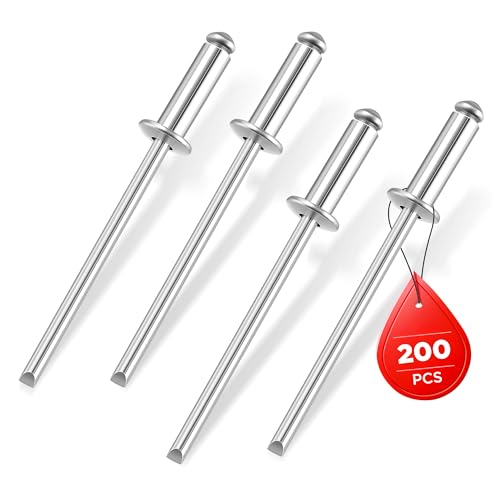Sorry for the delay, I was out of town all week for job training.
This week I'll test compression and spark.
Here is a quick history since I have owned the motor, on my 3rd year of ownership.
Replaced both coils, points, spark plug wires, spark plugs, basicaly replaced all components in teh electrical system.
Rebuilt the carb, and bought a 2nd carb, rebuilt it too.
I don't have the original quick connects at teh gas tank to teh fuel hoses, however I run teh hoses straight to the tank. I did rebuilt the gaasket ont he gas tank. The tank holds pressure and doesn't leak. I replaced the fuel hose with a larger diameter hose and the vacuum hose is smaller in diameter.
I timed the engine to the carburator linkage per the owners manual.
Observations-
The engine appears to be running properly, however it doesn't seem to hit high rpm's. I did have a rubber bushing in the propeller break free on the river bottom, the engine rpms went way up. Almost seems like the engine wont get to high rpms due to load.
That being said.
I can start the engine in one or two pulls, with a routine and both hands. Routine being, place in nuetral, turn trottle to high (as high as it goes while in neutral), push the primer, and pull the chock out (partially if warm, and fully if engine cold or its cold outside). Once the engine fires and runs, push choke in, shift her into forward and away we go.
Compression- last year I checked it. One piston maintained around 105psi. The other wouldn't. I pulled the head off and found a small chunk of the piston wall missing, filled that in with JB Weld and a new gasket. The piece missing was no wider than my finger nail, and about 1/16" deep, it was located at teh very end of the piston wall.
Last fall I torn up my shoulder doing a one hand start. The rip cord stopped while pulling, and I ended up with a partial tear in my rotator cuff muscle, and a torn bycept muscle. Has surgery this summer to fix them both. Now its a two handed pull start. IF I use my other arm, I cant pull it fast enough to fire and run.
Like I said earlier in this post, Ill chek compression, and spark this week. Would you like to video in a barrel too?
Correct, no fuel pump. Still the two line gas tank.
Maybe related, maybe not. There appears to be a plastic idle adjustment on the tiller handle that is broken off.




















































